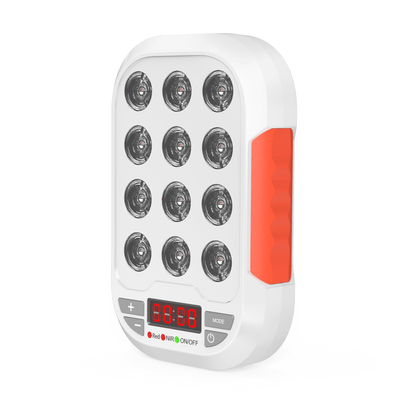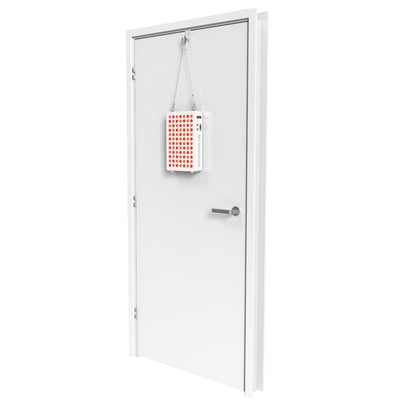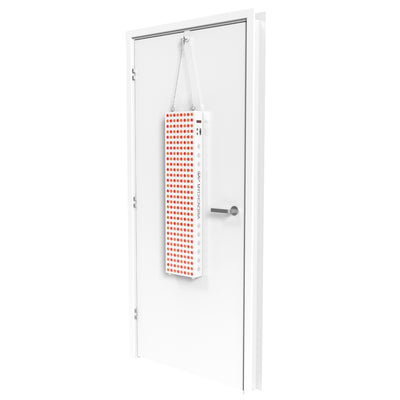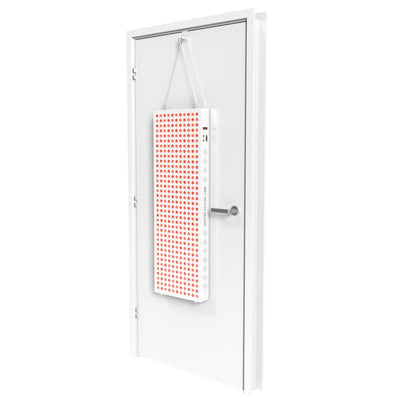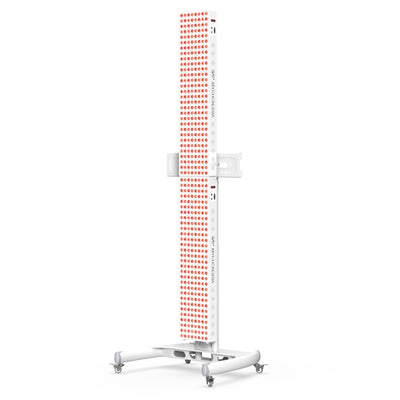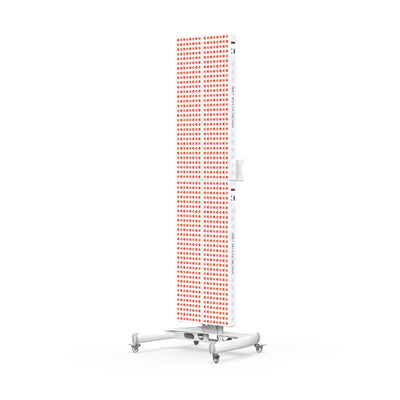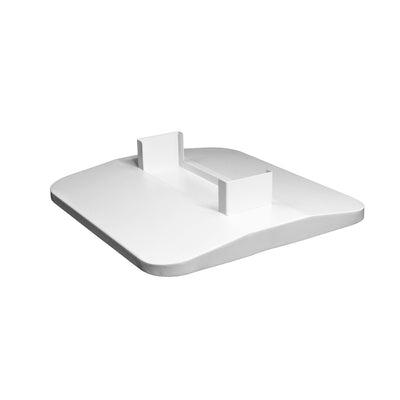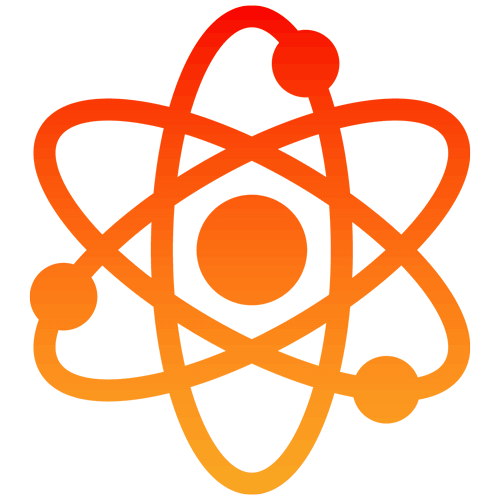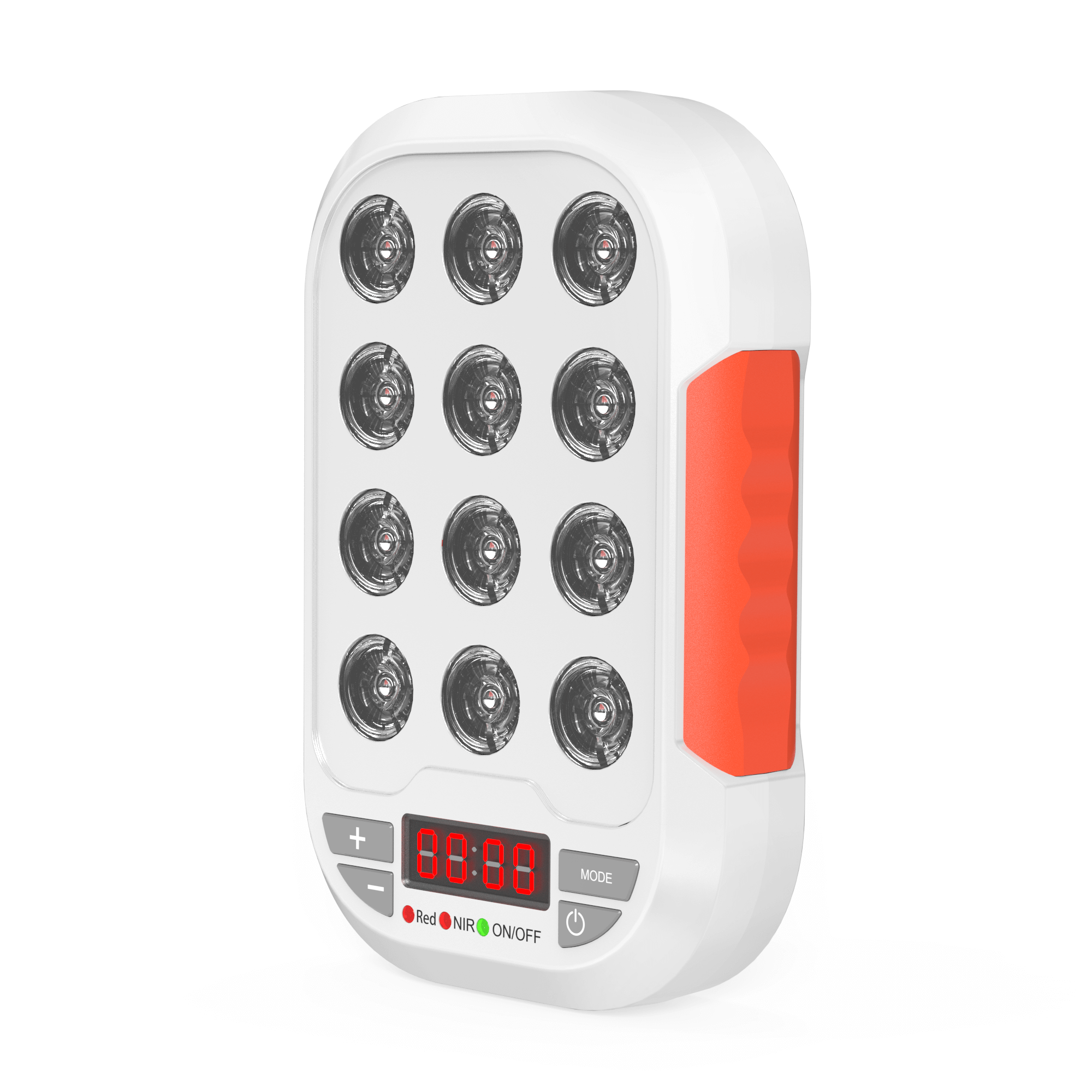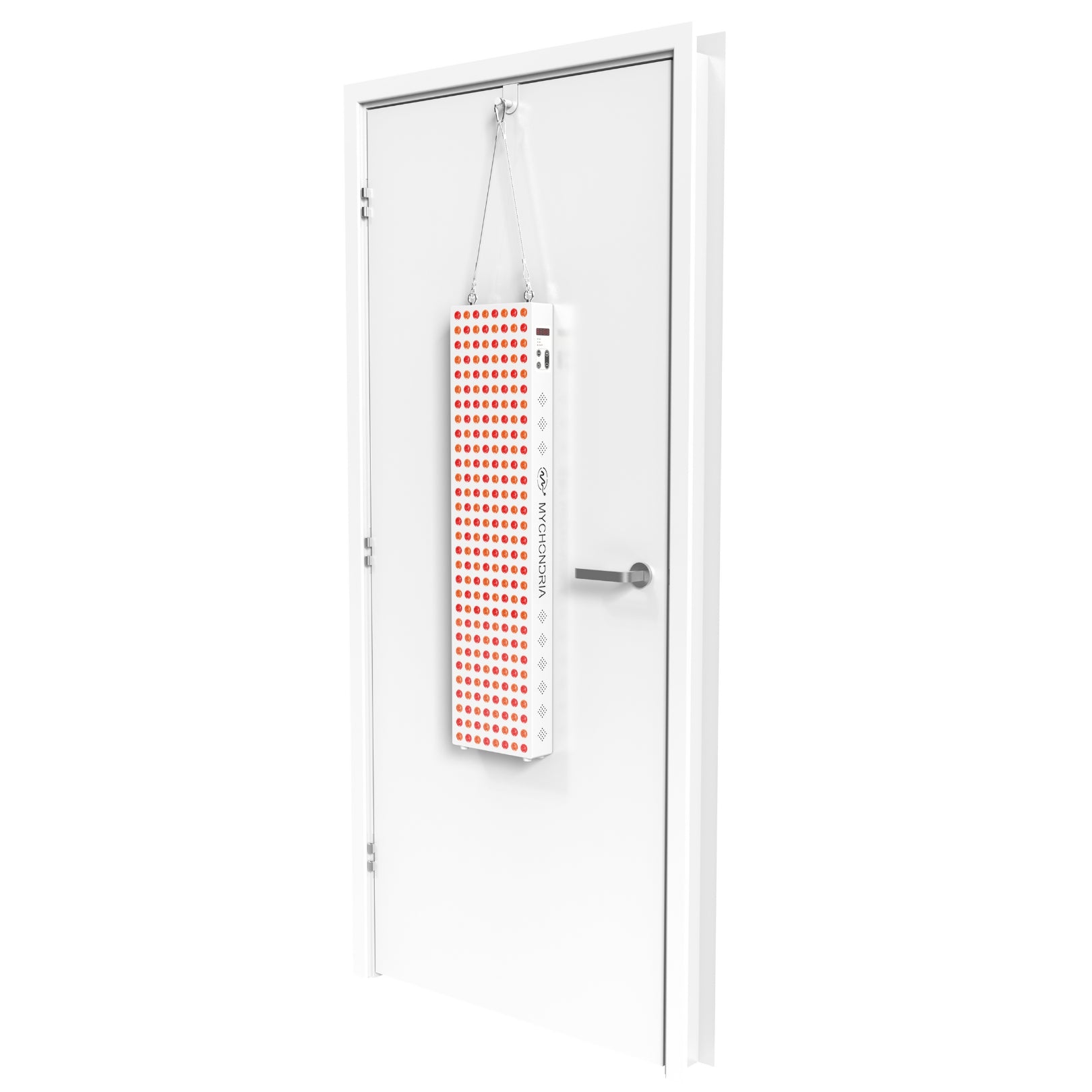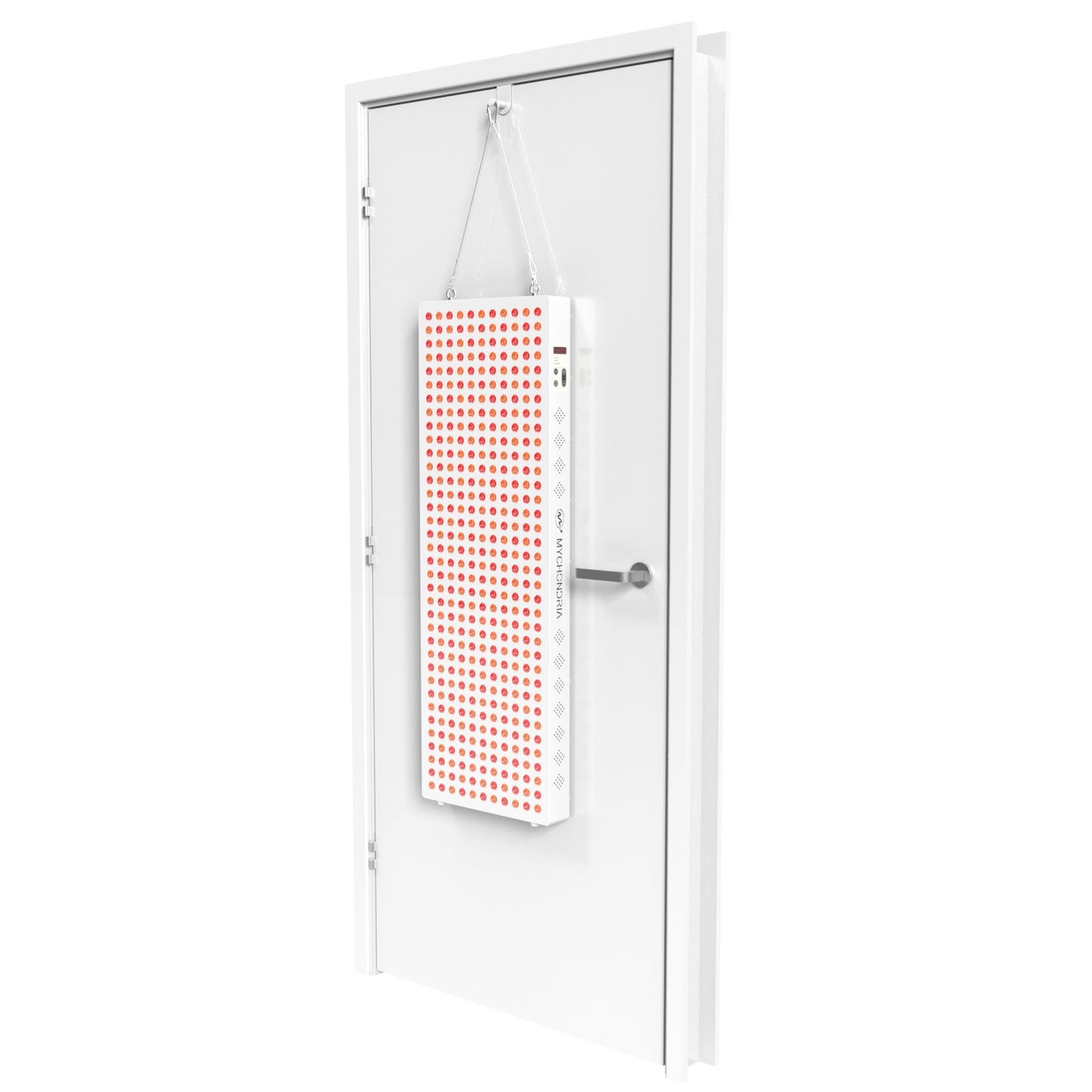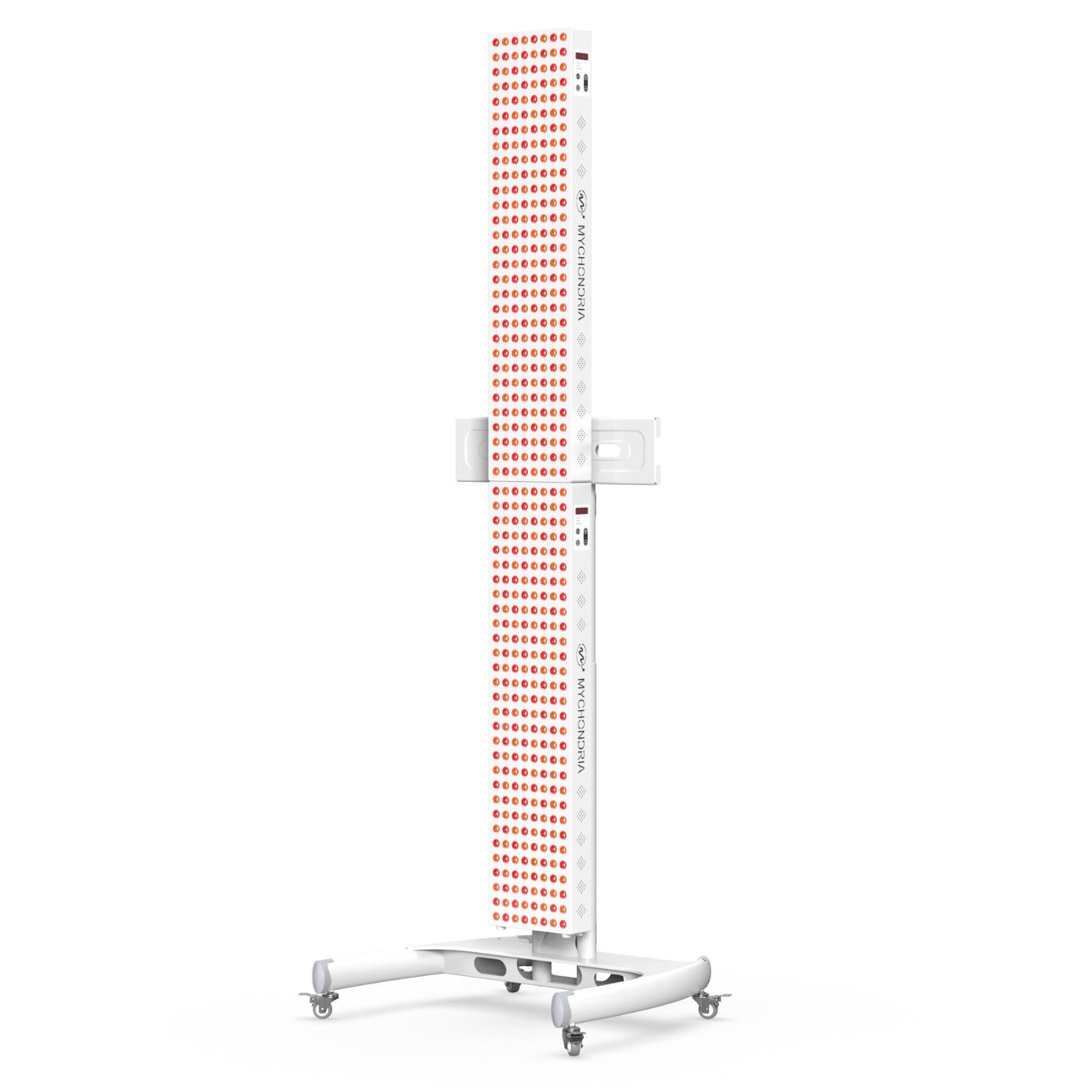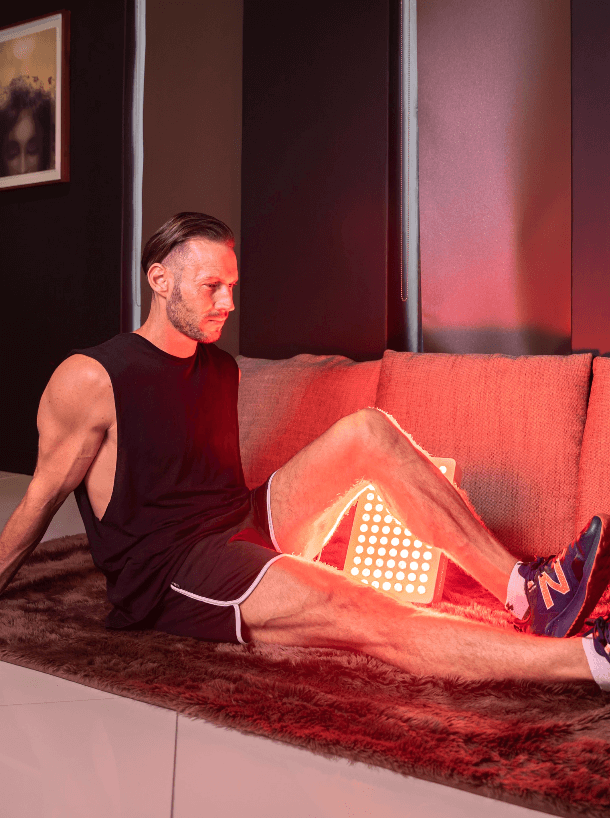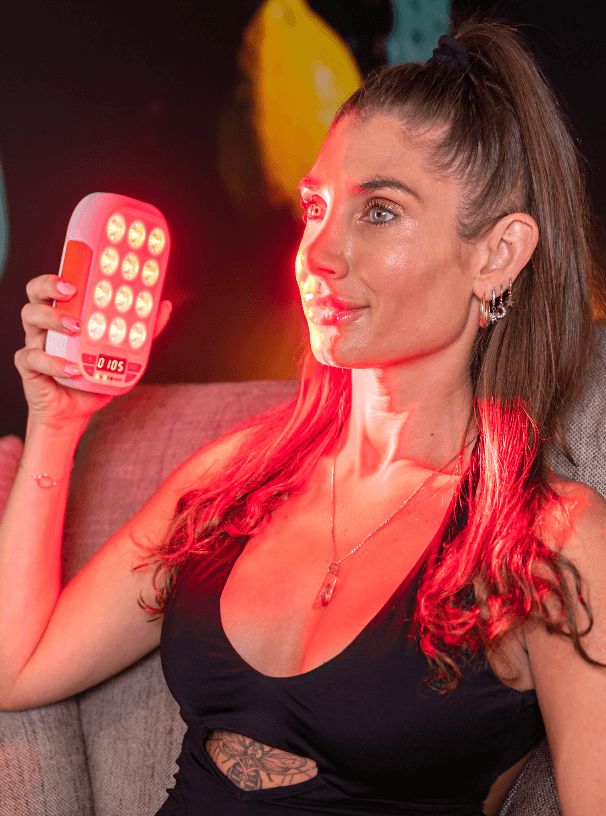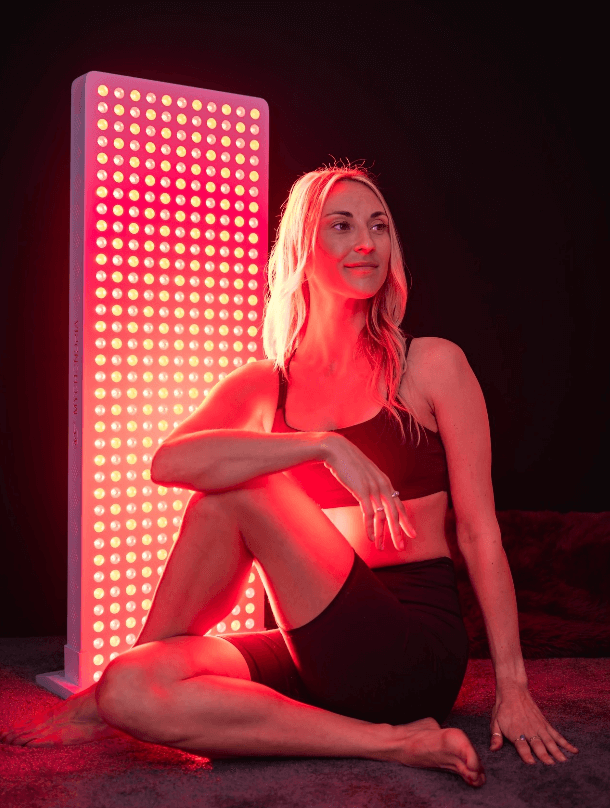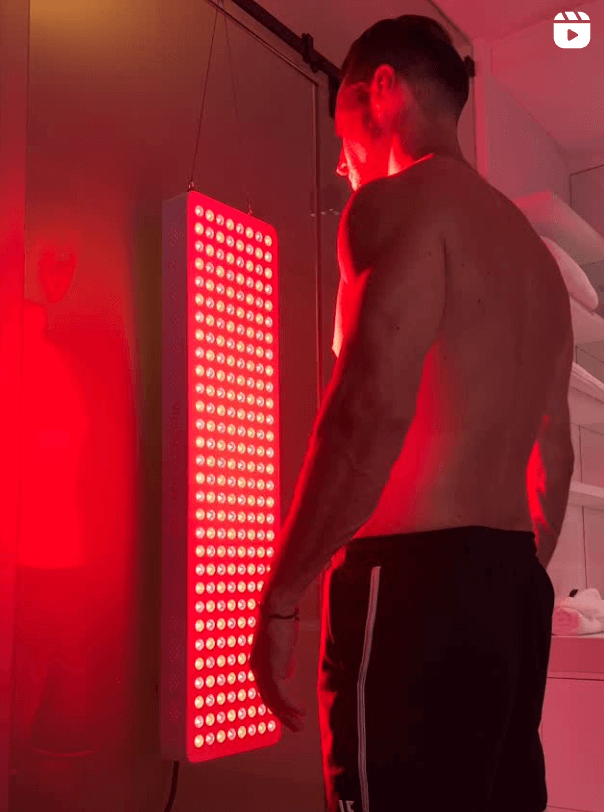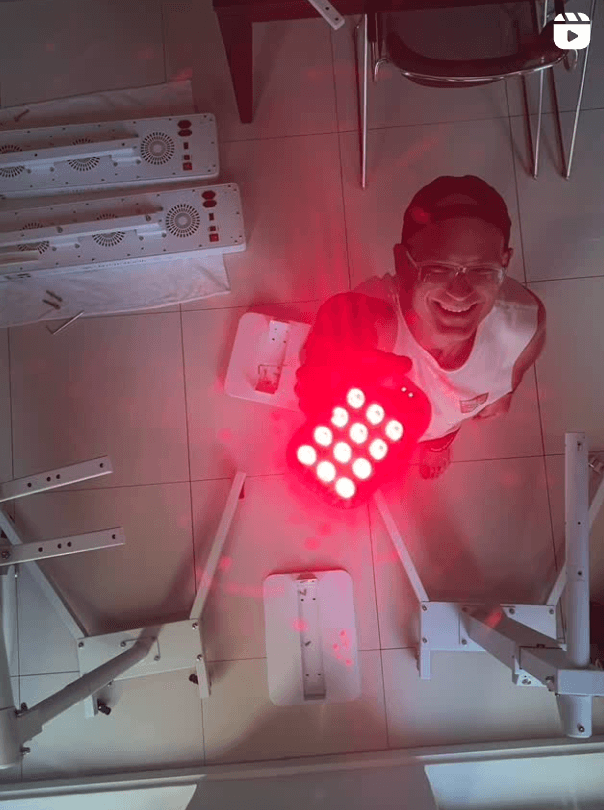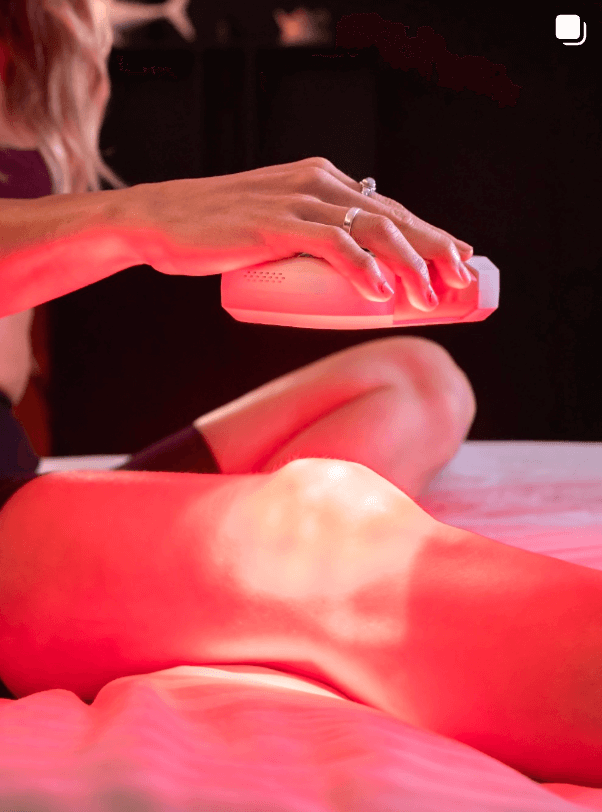Ten Minutes, Big Promise: The Red Light Dosage Question
Picture scrolling past bold claims that ten minutes of red light therapy can deliver smoother skin and deeper sleep. It’s compelling, but is it truly supported by clinical science?
The real challenge is understanding how those ten minutes interact with your cellular energy—when a session is beneficial, and when too much or too little holds you back. Clinical studies reveal a plateau: benefits peak at a sweet spot where the right dose matters more than longer exposure, making timing and dosage a genuine concern for high-achievers aiming for proven results.
This article provides a foundation for confident at-home use by outlining optimal red light therapy dosages. You’ll learn how factors like timing, device distance, and session frequency contribute to tangible improvements you can measure and feel.
What You'll Learn about 10-Minute Red Light Sessions
- The way your mitochondria respond to targeted ten-minute exposure
- How adjusting panel distance prevents underuse or overexposure
- Indicators that the biphasic dose curve is enhancing your results
- Quick solutions for issues that can stall early progress
- Effective methods for tracking your benefits from day one
Summary
The real answer to “Is 10 minutes of red light therapy enough?” depends on quality, not just time. A clinic-grade panel at the ideal distance lets ten minutes provide the optimal energy needed for mitochondrial support, healthy skin, and sharper sleep. Consistency and progress tracking help these short sessions deliver transformative results for those who demand the best from their wellness routines.
Learn more about the productEssential Factors for Effective 10-Minute Red Light Therapy
- Biphasic Dose Response – How your cells react to different dosages of light energy
- Irradiance & Distance – The actual power delivered to your skin and why distance makes a difference
- Session Frequency & Consistency – Building lasting benefits through regular, evenly spaced sessions
- Target Tissue Depth – Matching wavelength to specific skin or muscle recovery needs
- Tracking Progress & Expectations – Tools for measuring results and correcting misconceptions fast
Biphasic Dose Response and 10-Minute Sessions
It’s tempting to believe that longer exposure always equals better results, but your mitochondria operate differently. They follow a bell-shaped, “biphasic” response where low doses show little effect, moderate doses boost ATP, and too much can actually blunt progress.
Holding a medical-grade panel within six to twelve inches often puts you in the optimal window for ten-minute sessions. The true measure is energy (joules) delivered—a crucial detail, not just the clock.
- Target 5–20 J/cm² per treatment area for optimal cellular benefit
- If you notice redness or post-session fatigue, reduce time slightly
- Consistently score energy and comfort to establish clear baselines
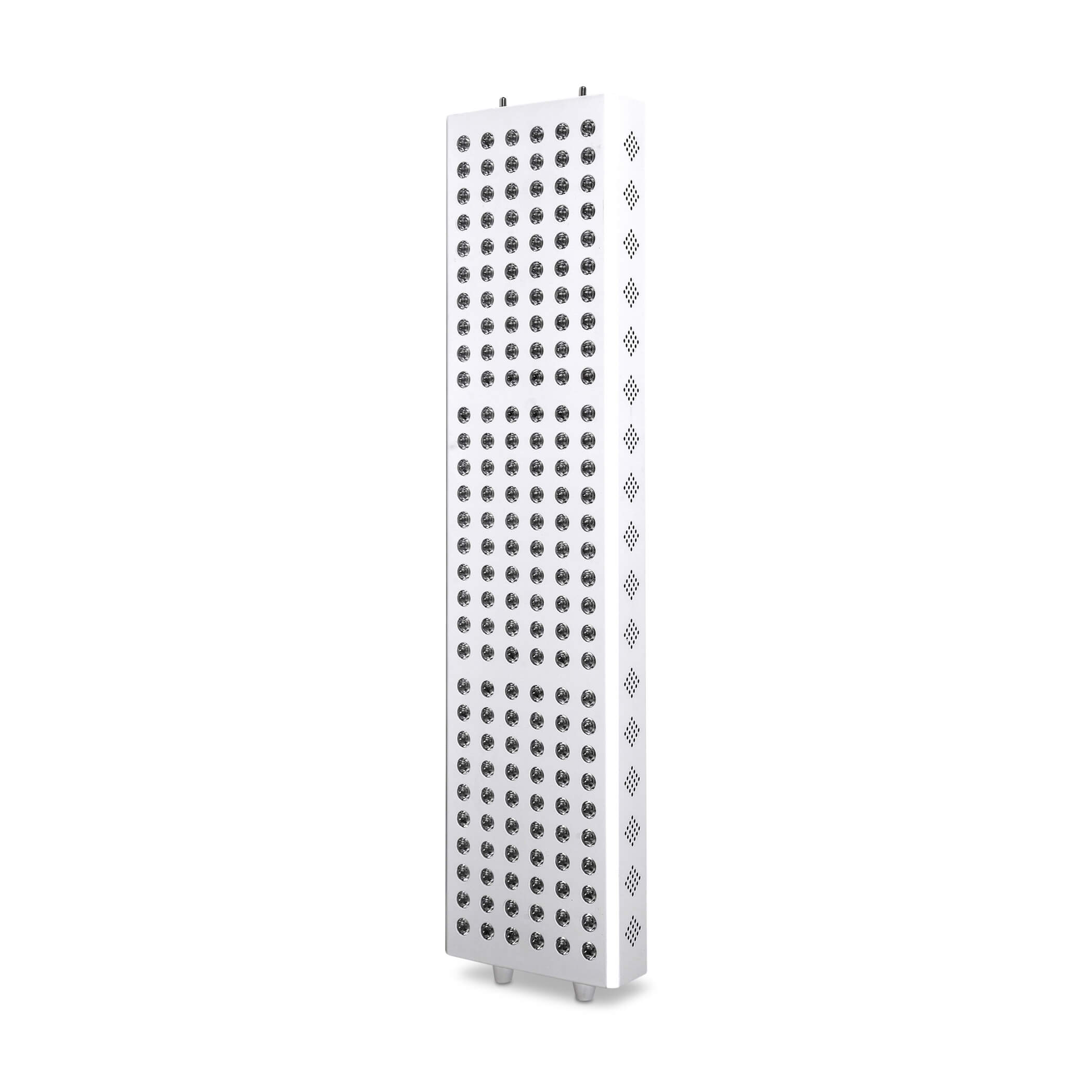
Irradiance & Distance: Honing the Dose for Maximum Efficiency
Irradiance—measured in mW/cm²—refers to the power your skin actually receives. As you increase the gap between you and the panel, irradiance drops, which means attaining clinical doses takes longer the farther away you move.
For efficient results, maintain a consistent six- to twelve-inch distance. Mychondria provides transparent irradiance charts, removing all uncertainty from your protocol planning.
- Always check the published irradiance spec at a specific test distance
- Keep sessions the same until you see a clear trend in your results
- Handheld devices usually perform best closer—within two to four inches
"With high-quality devices, a 10-minute session at the recommended distance can deliver clinically proven benefits. The key is consistent, protocol-driven use—ten minutes is enough if the light intensity and proximity match science-backed guidelines."
Session Frequency & Consistency: Building Reliable Gains
Effective red light therapy is like advancing in strength training—one session helps, but momentum comes from regular, repeat exposure. Most protocols involve three to five sessions weekly, each targeting an area for ten minutes.
This schedule strengthens adaptation, while allowing cells to reset and repair between sessions, supporting the body’s antioxidant responses.
- Add reminders or tie sessions to routines like meditation for consistency
- Document results every eight weeks to adjust and perfect your approach
- Honor rest days, giving your body time to consolidate improvements
Steady, moderate input fosters continuous benefits and prevents stagnation from overdoing it.
Target Tissue Depth: Wavelengths and Application
Red light (630–670 nm) supports goals at the surface—skin, collagen, scars. Near-infrared (810–880 nm) targets deeper concerns—joints, muscle, and recovery. A device combining both can meet multiple needs in a single ten-minute session.
Always use bare skin. Clothing or creams block the energy your mitochondria require.
- Choose red wavelengths for fine lines, scarring, or acne
- Enable near-infrared for stubborn joint or muscle issues
- Remove any product that could reflect or interfere with light absorption
Tracking Progress & Expectations: Objective Measurements Matter
Your observations matter—journal your experience, track metrics, and use before-and-after photos for visible, authentic results. Quick changes, like increased morning energy, may show up in two weeks, while more structural goals, like hair growth, require months.
Realistic expectations, driven by data, keep your efforts on track and protect against common misconceptions.
- Take photos or log symptoms at the start to compare over time
- Revisit your logs bi-weekly to know when adjustments are warranted
- Celebrate small victories, which build faith in the process during gradual improvements
With these science-backed principles, designing effective ten-minute sessions becomes an informed, confidence-boosting routine tailored to your wellness priorities.
Maximizing Benefits with a 10-Minute Red Light Protocol
High performance demands efficient solutions. Mychondria built the MyLight MAX panel on clinical principles: delivering 5–20 J/cm² in a precisely timed, ten-minute session. The panel’s 100 mW/cm² output at six inches triggers ATP production, mirroring professional treatments and eliminating guessing games.
How to Get the Most from Every Session
- Place the MyLight MAX six to twelve inches from bare skin, setting up a therapeutic dose fast.
- For multiple target zones, apply five minutes per area and keep the light perpendicular for even coverage.
- Track each session—note sleep quality, tension, or skin response for insights over time.
- After fourteen days, assess your metrics. If progress stalls, adjust the panel’s distance rather than increasing exposure time to maintain optimal dosing.
MyLight MAX: The Gold Standard in At-Home Red Light Panels
The Features that Set MyLight MAX Apart
- Zero flicker and minimal EMF output, supporting full focus and comfort
- Thirty-degree beam angle for targeted, efficient dosing in every session
- Daisy-chain technology expands coverage without complexity, ideal for tailored protocols
These design choices keep sessions short, measurable, and scalable. The 60-day risk-free trial lets you refine your setup with confidence, using transparent tech and proven results to achieve your personal health benchmarks.
Conclusion: Your Next Step Toward Better Light-Powered Wellness
In summary, ten minutes per session—maintained three to five times weekly—delivers therapeutic results when paired with science-driven dosing, consistency, and personalized measurement. Red and near-infrared wavelengths, properly managed, energize your mitochondria and catalyze positive change without wasted minutes or overexposure.
Engineered with precision, the MyLight MIDI offers measured, clinical-grade irradiance—designed to turn your intention into transformation through exclusive technology and clear results.
Ready for Vibrant Health, Fueled by Science?
Experience energy, recovery, and wellness that meet elite standards. Explore clinically proven MyLight panels and join an exclusive community achieving health with transparent, science-backed solutions.
Learn More